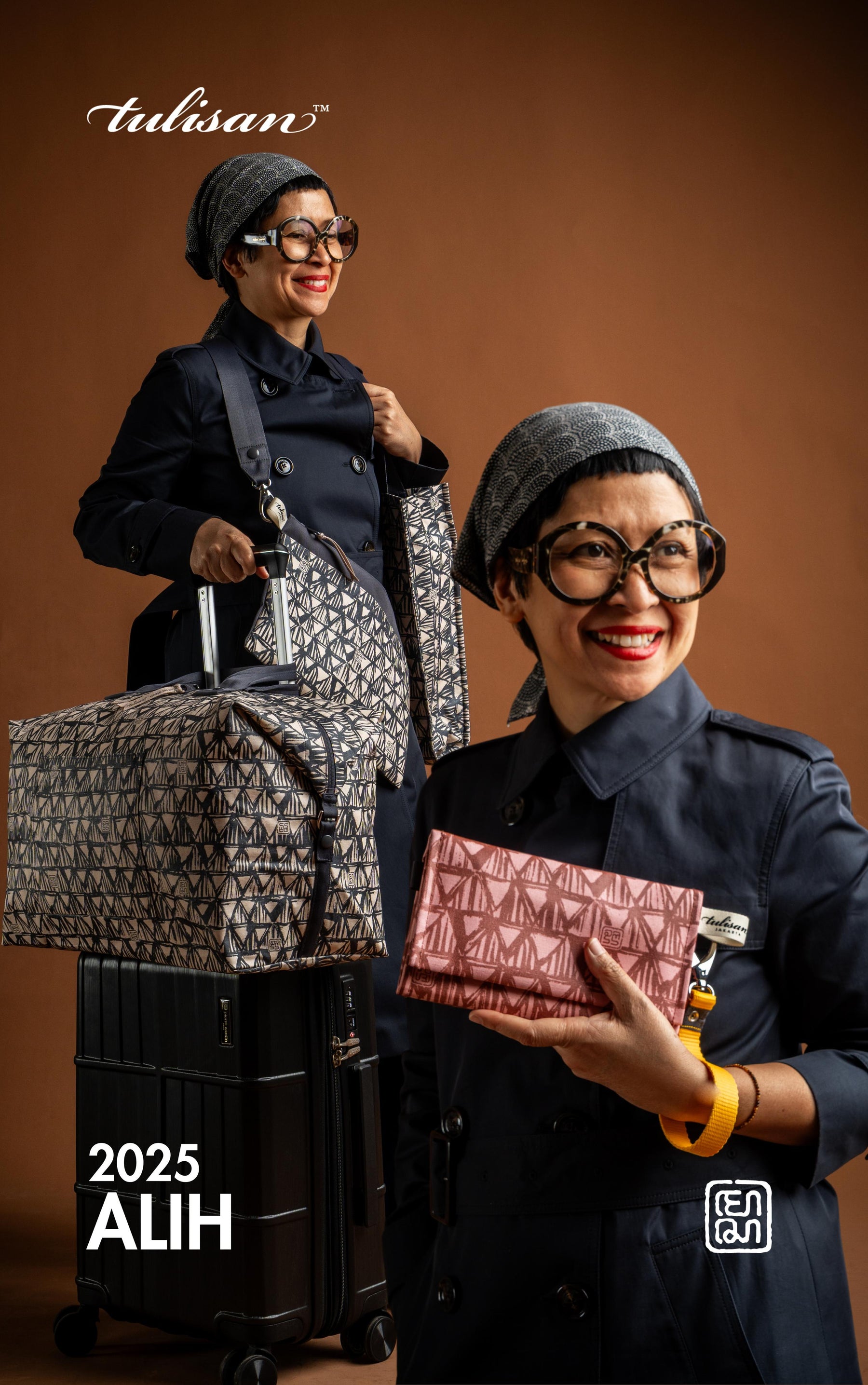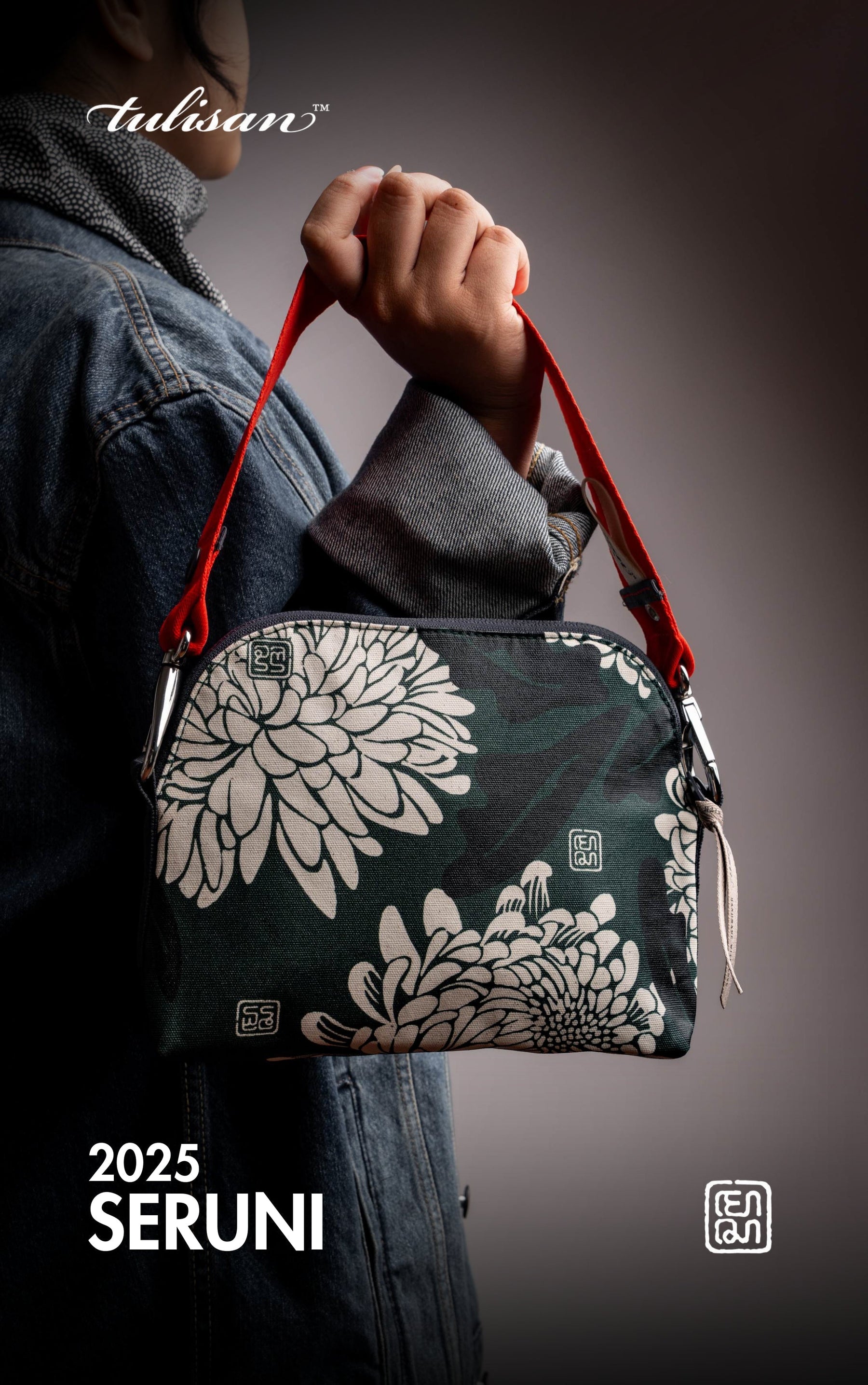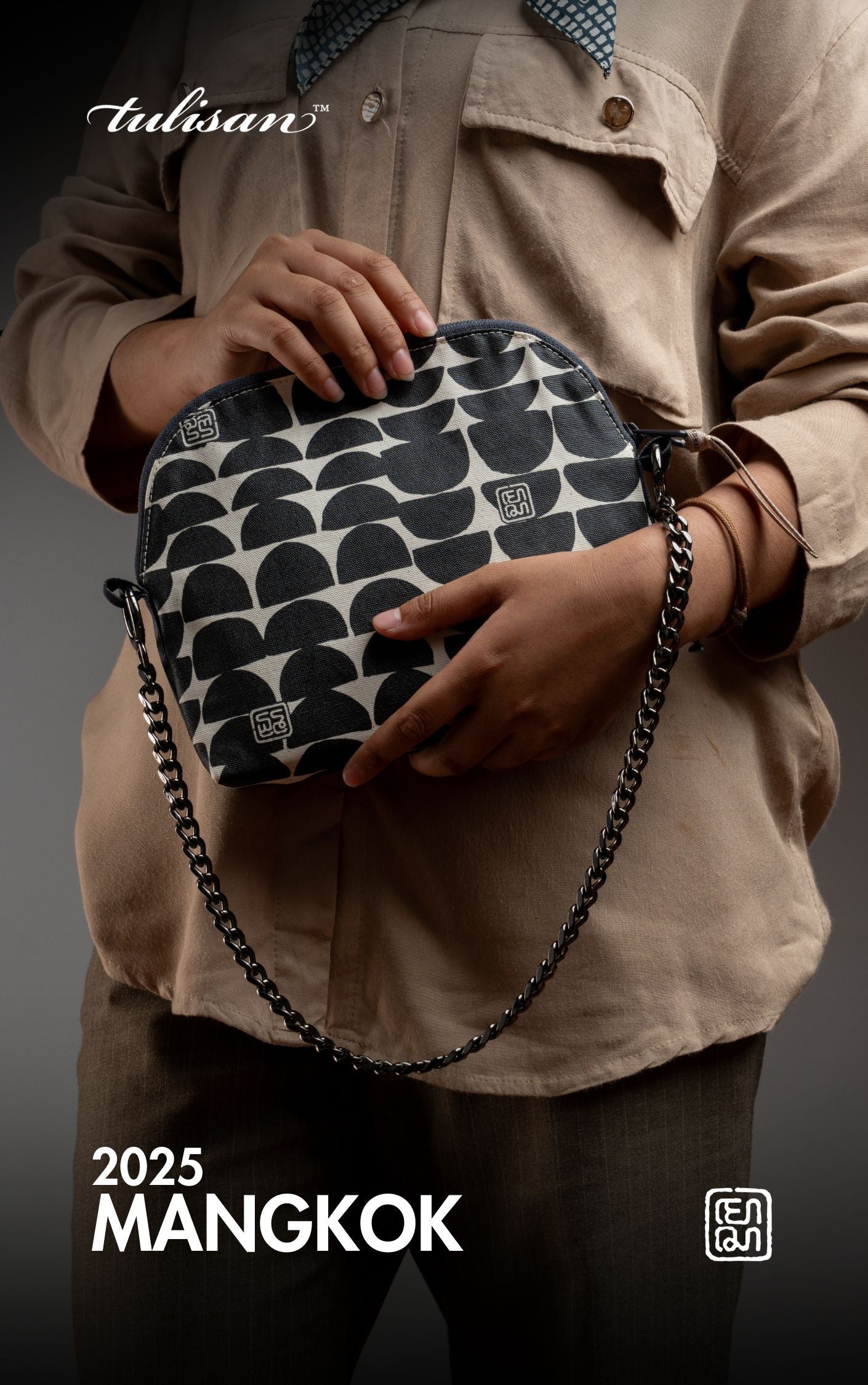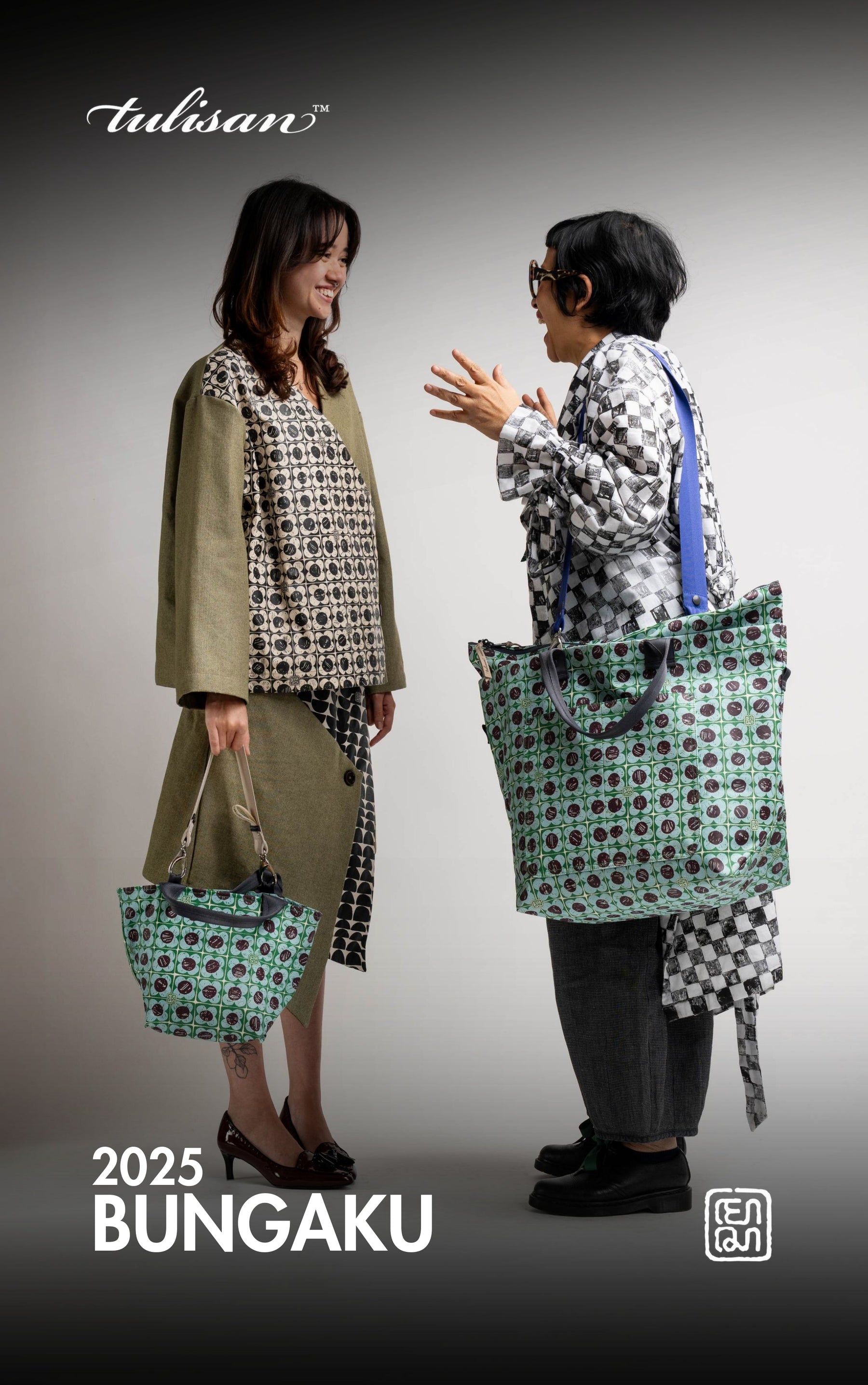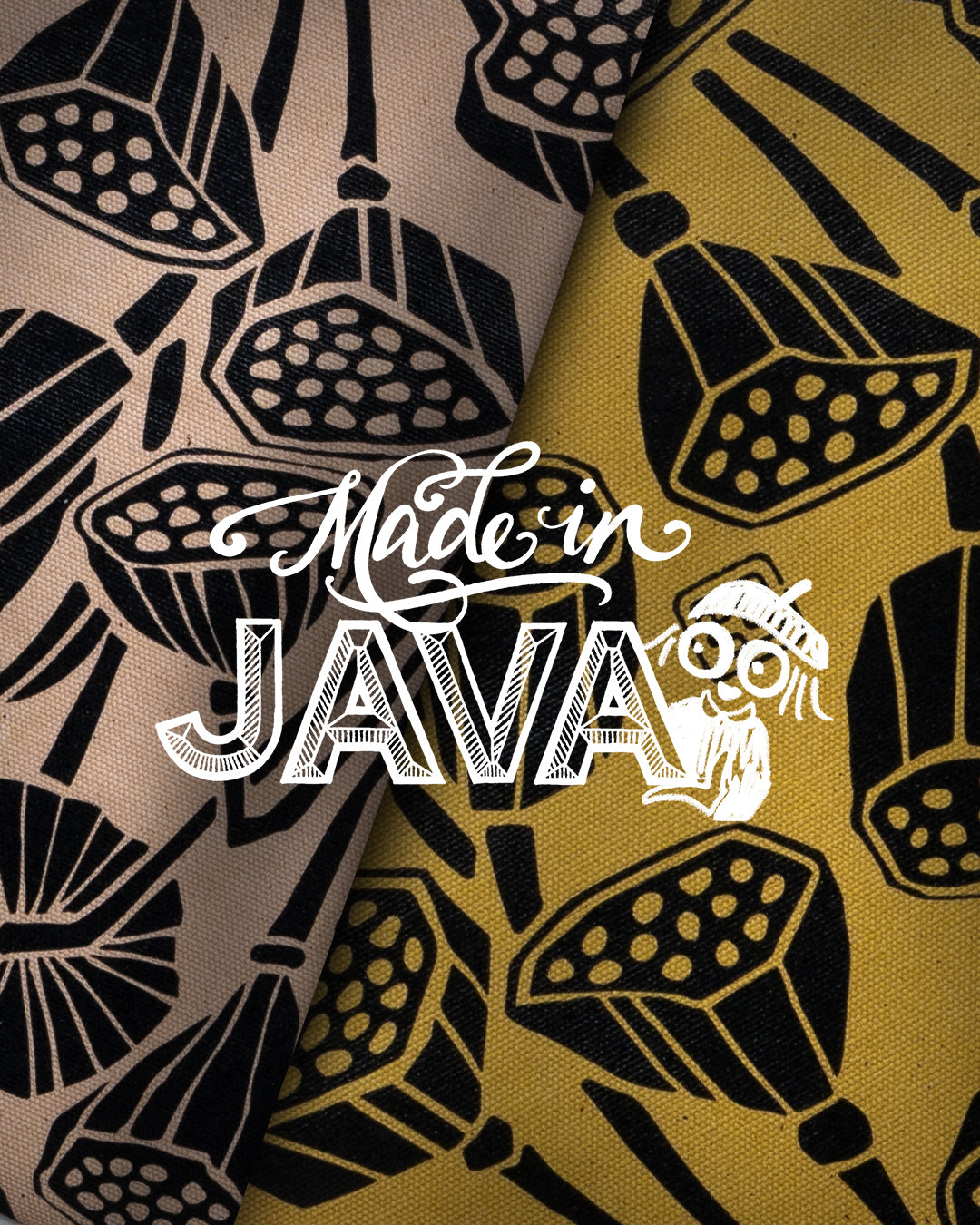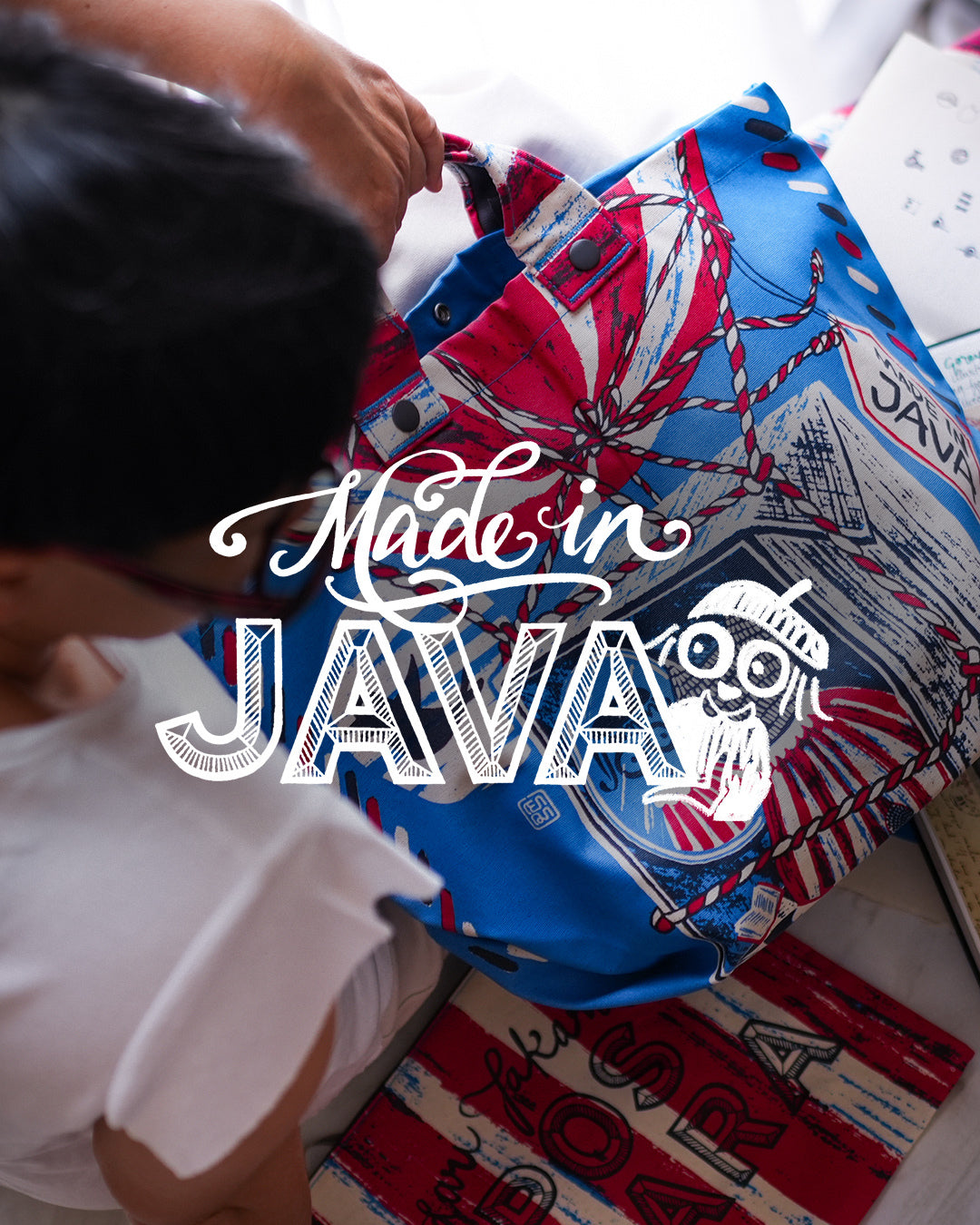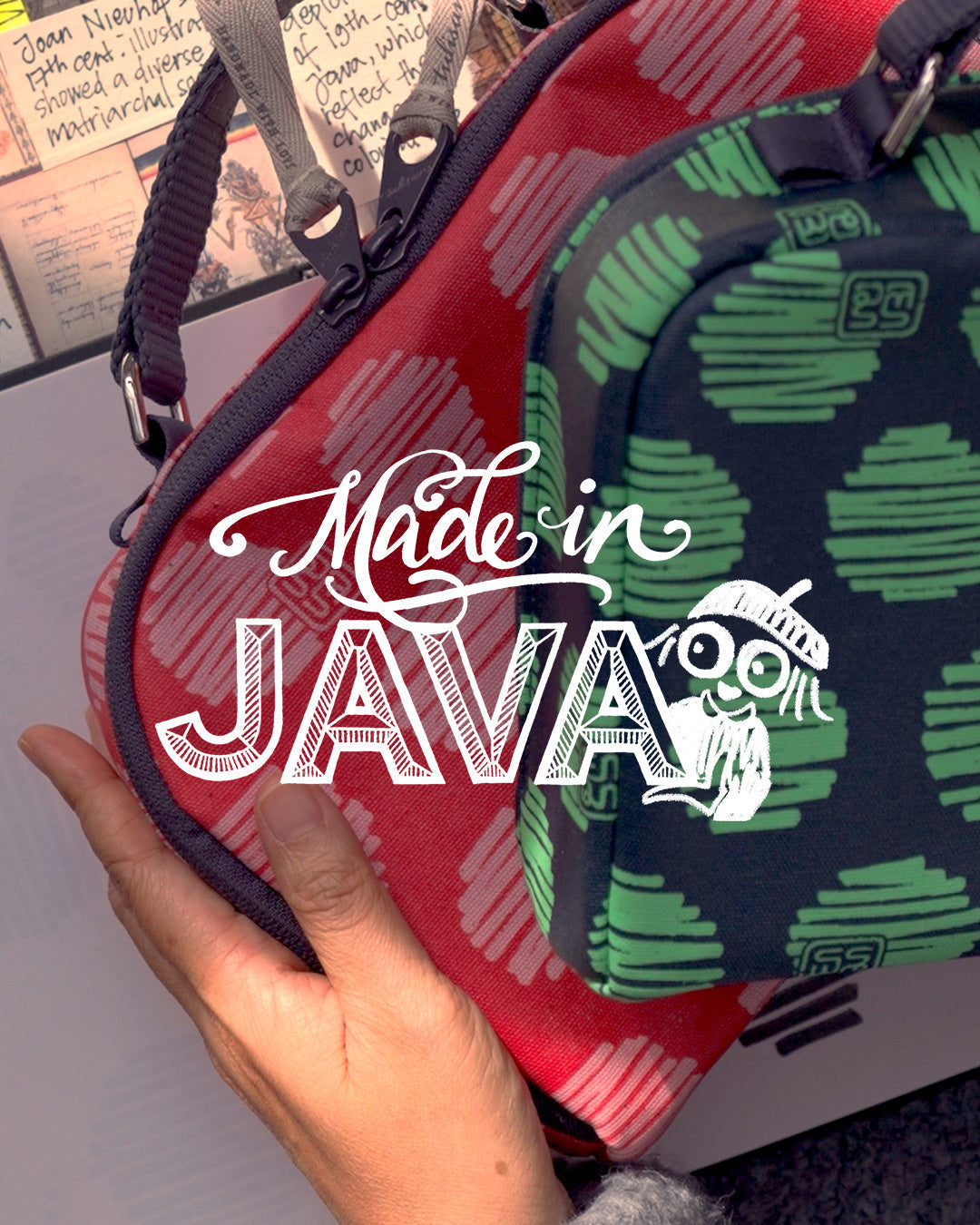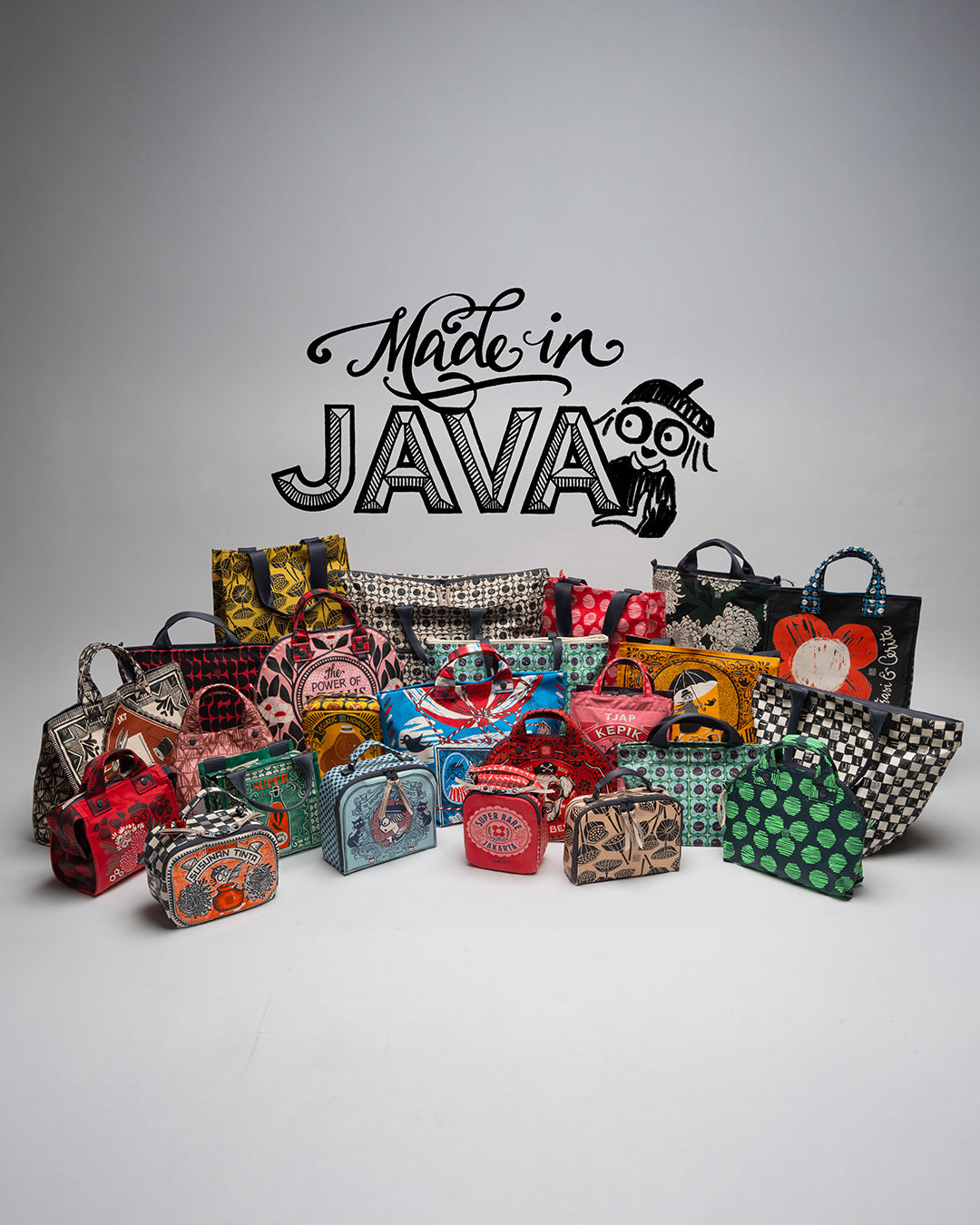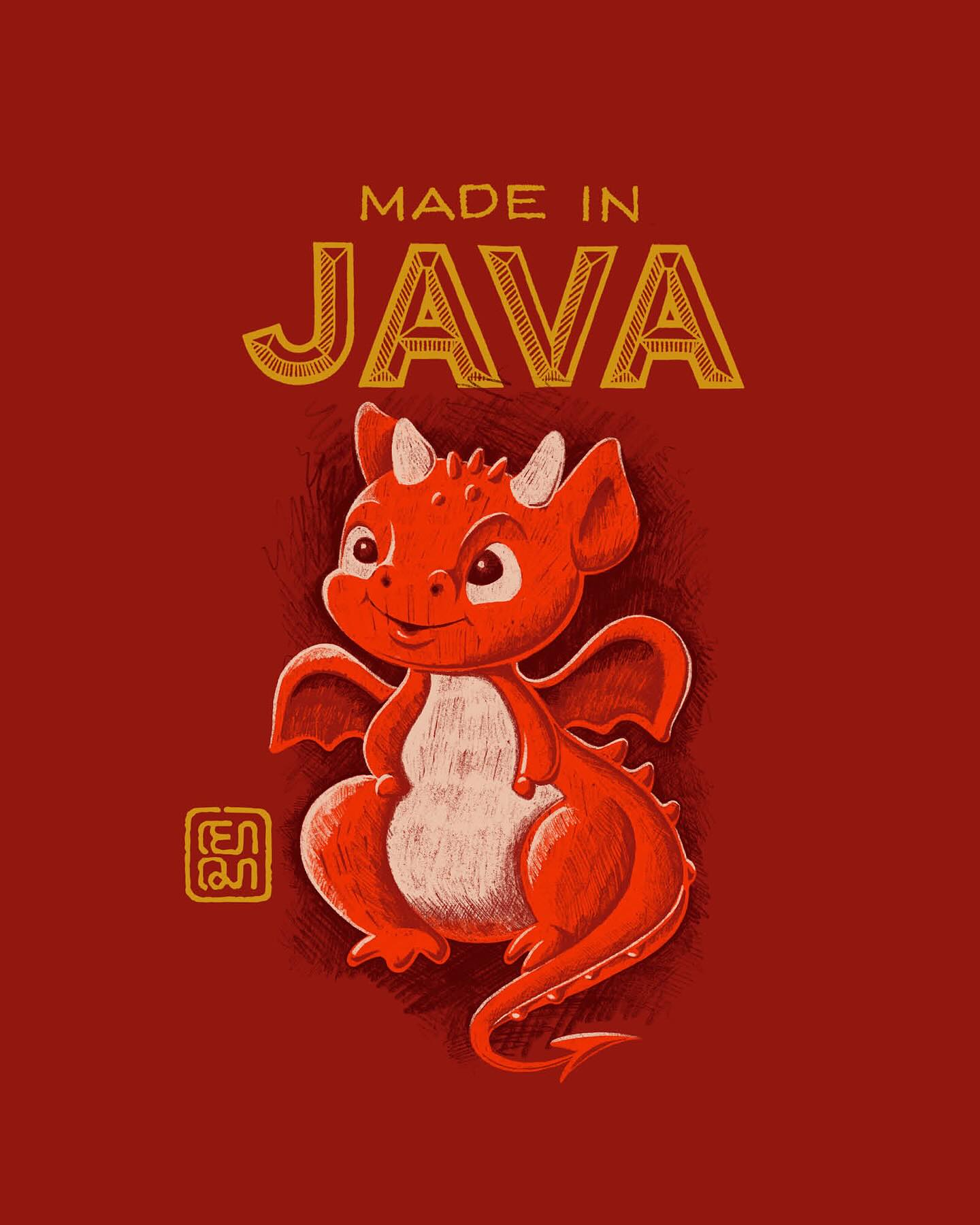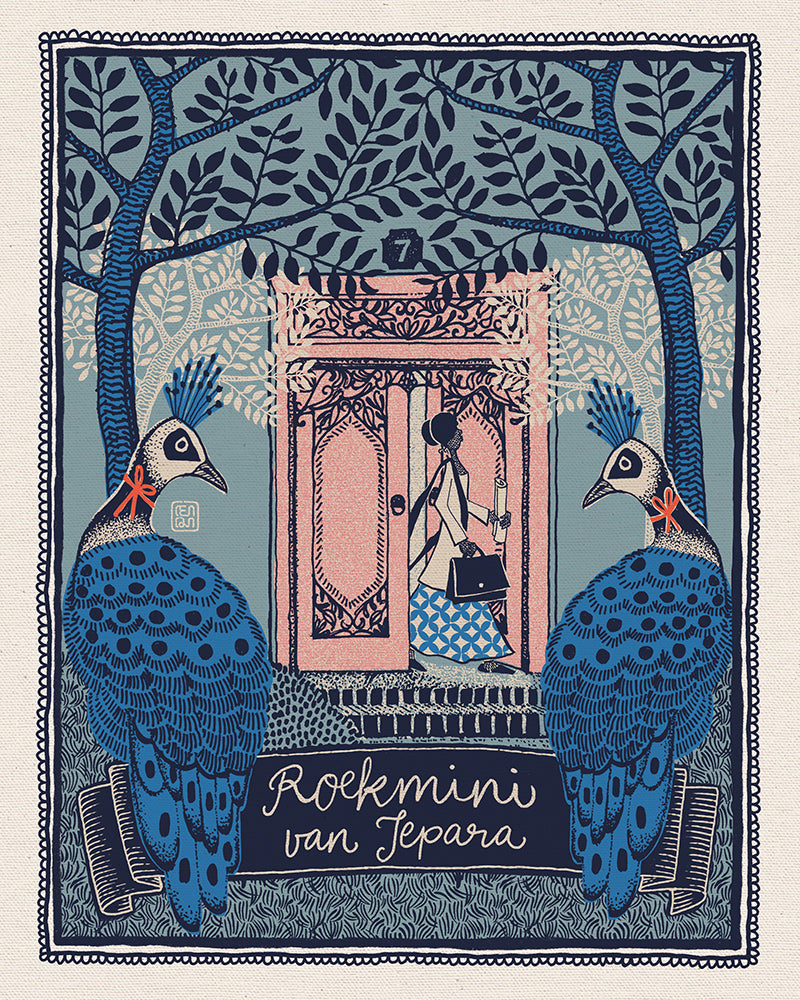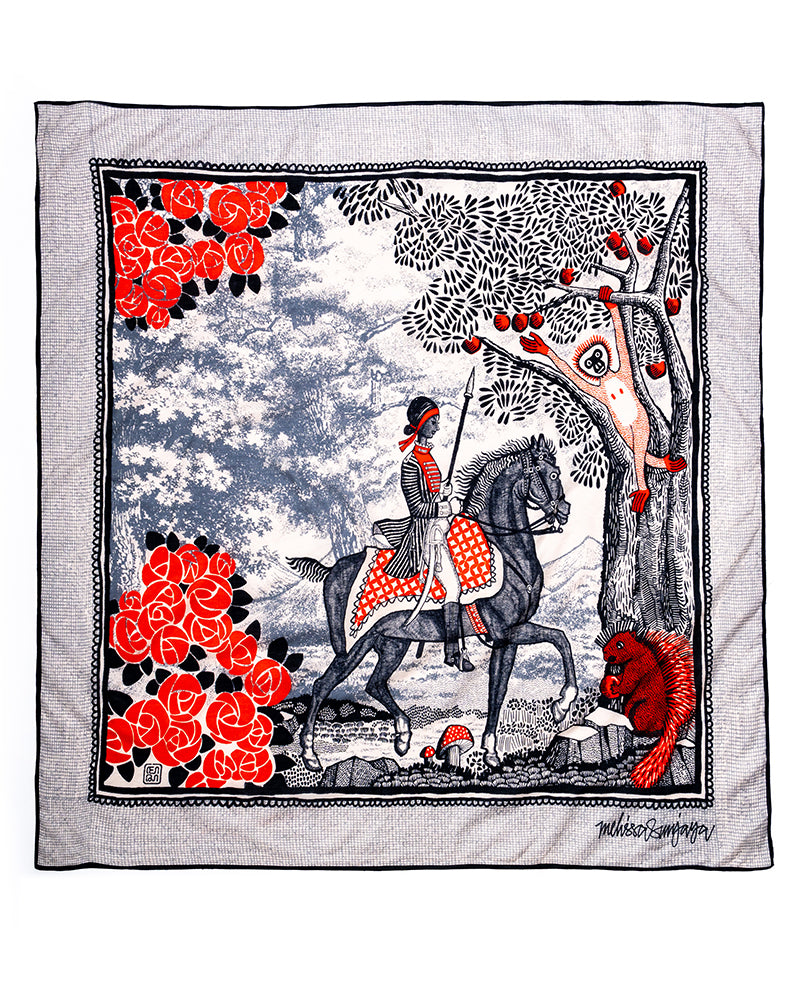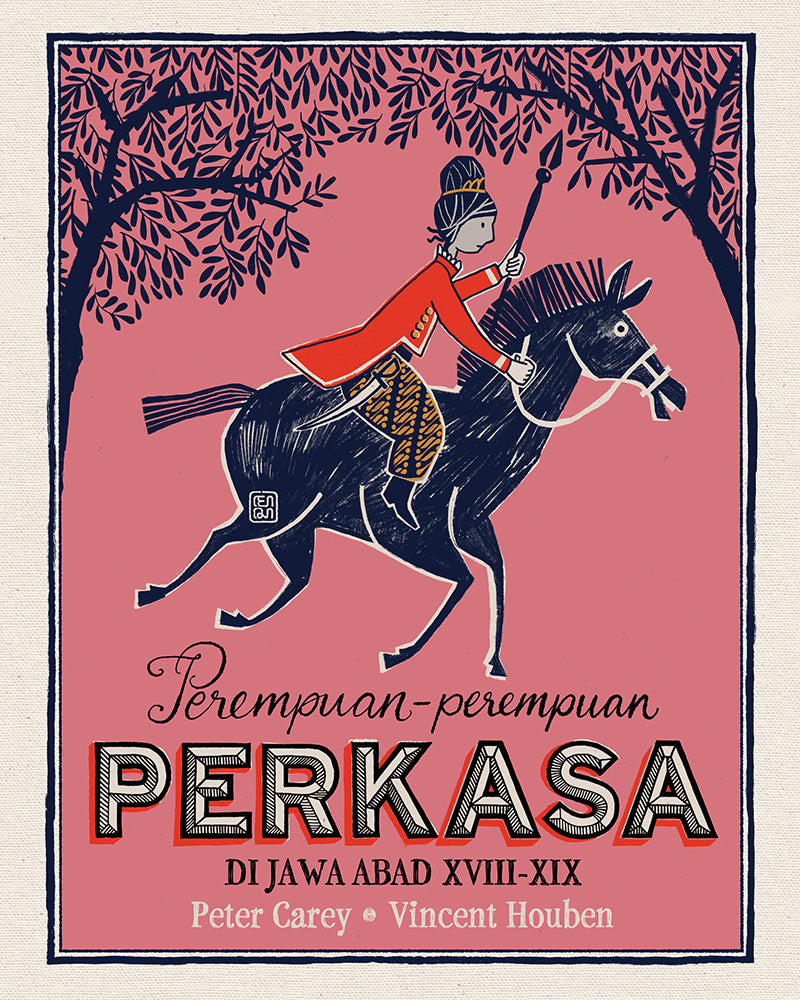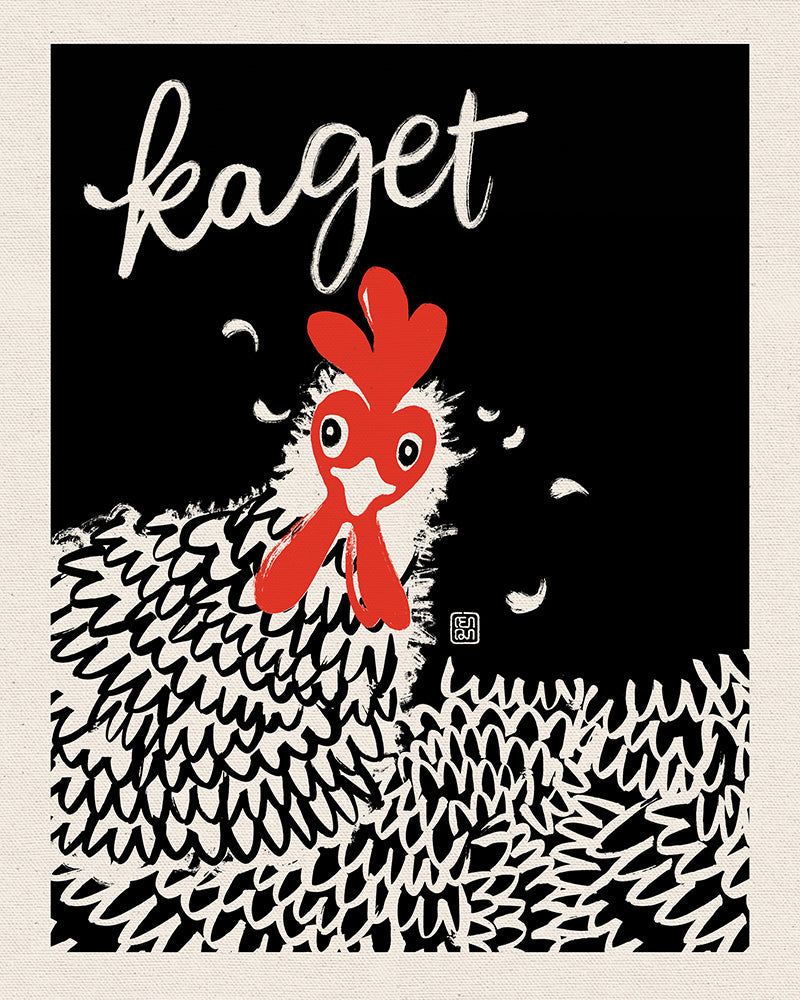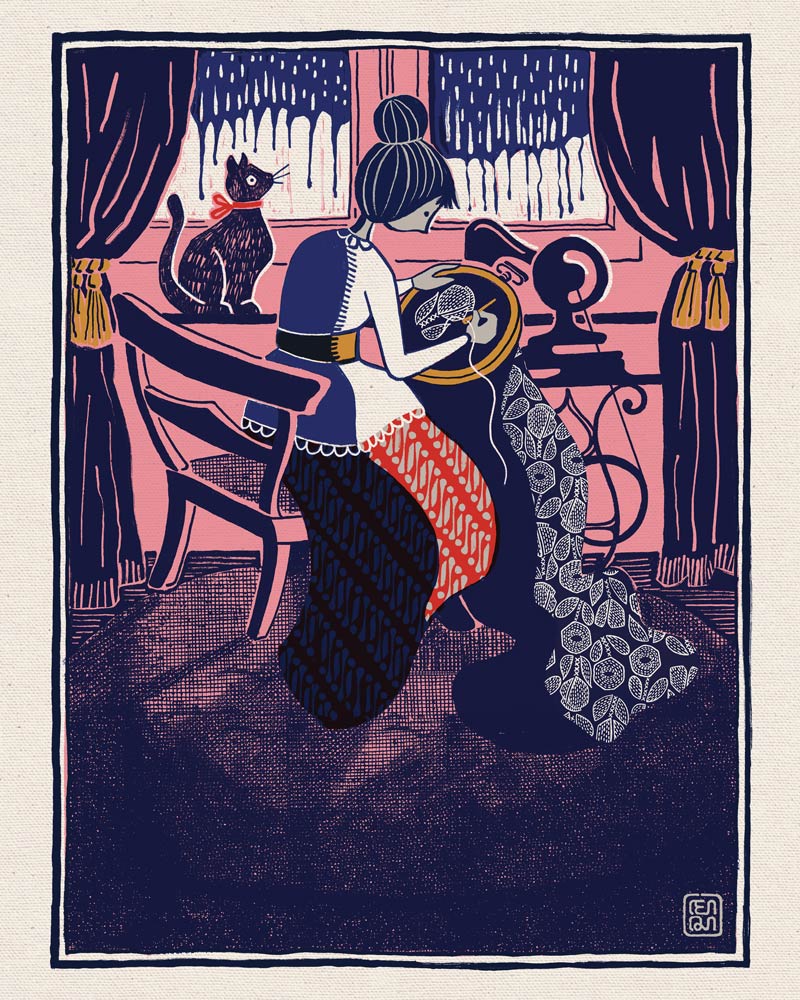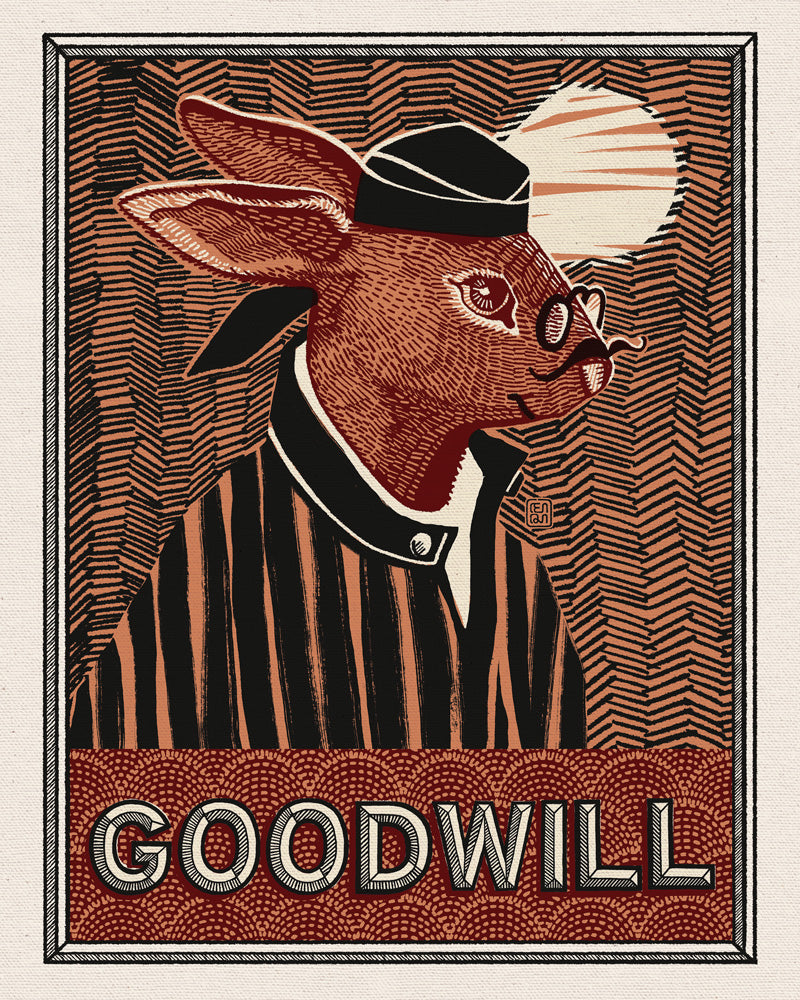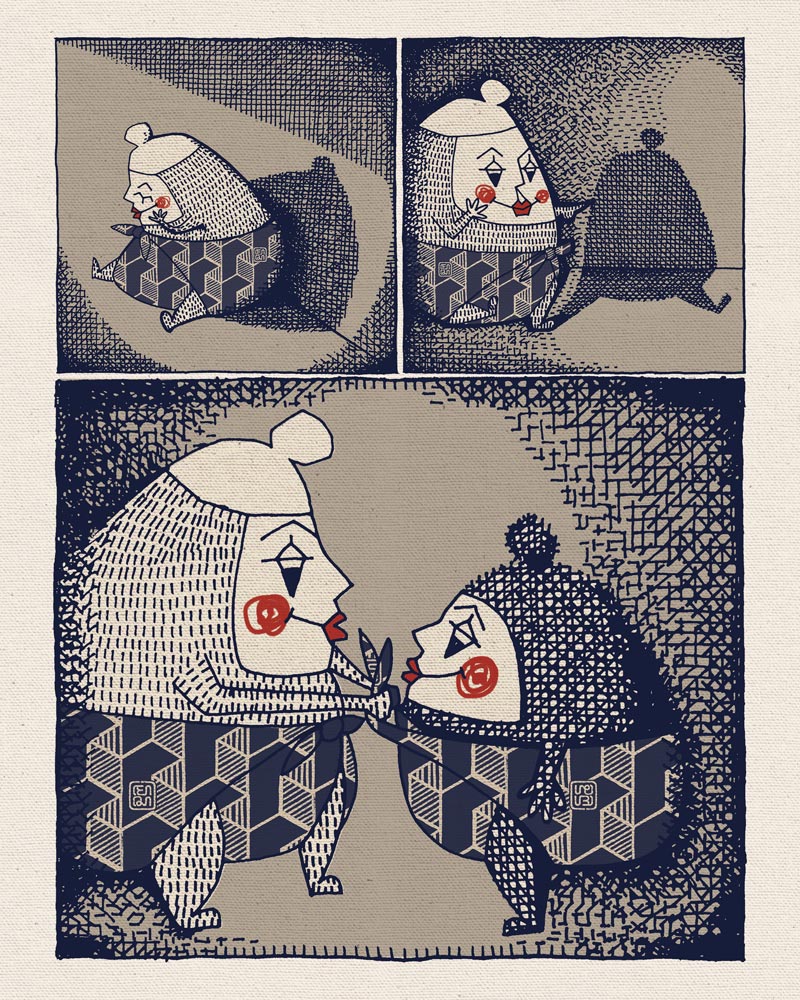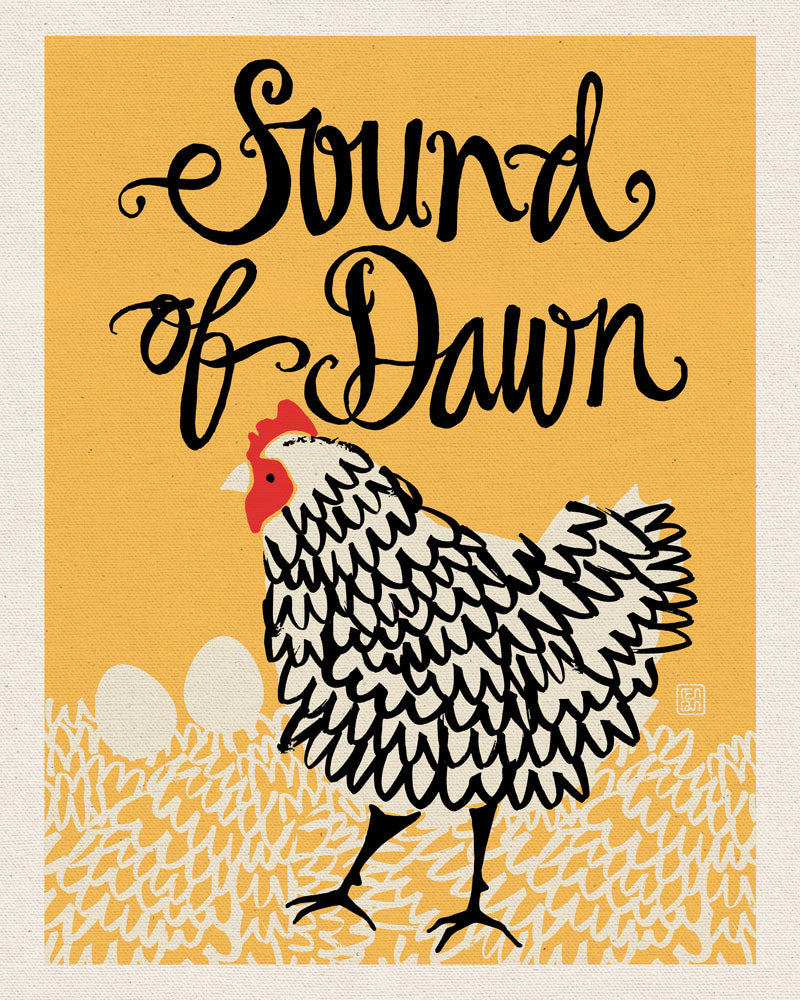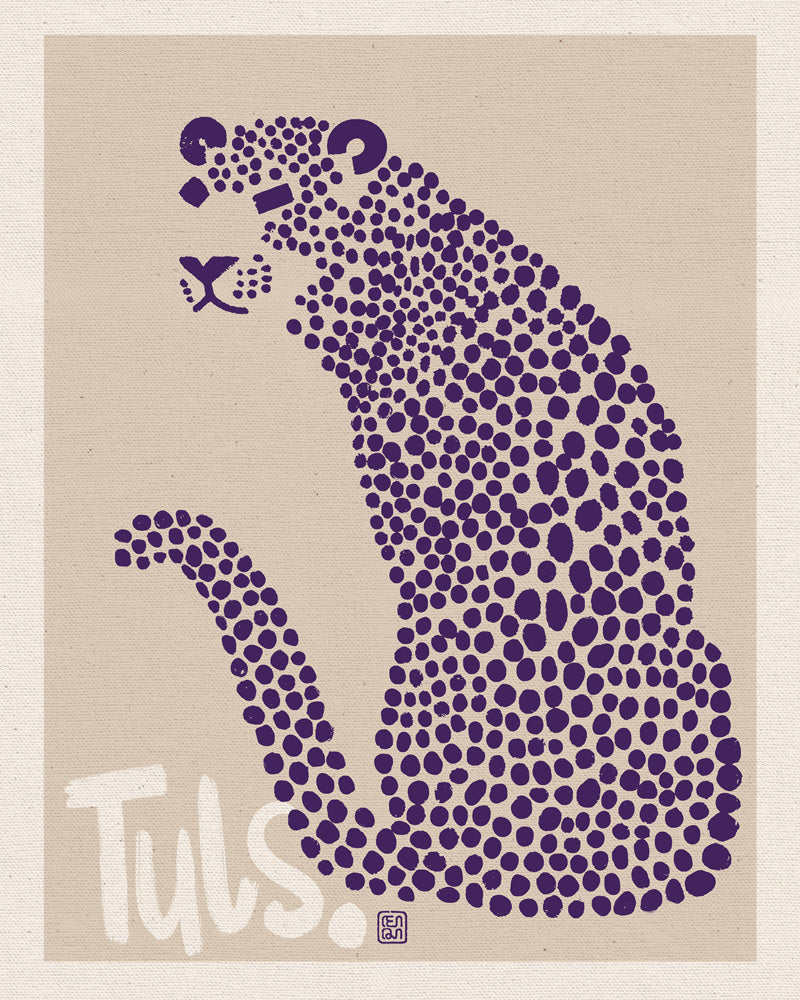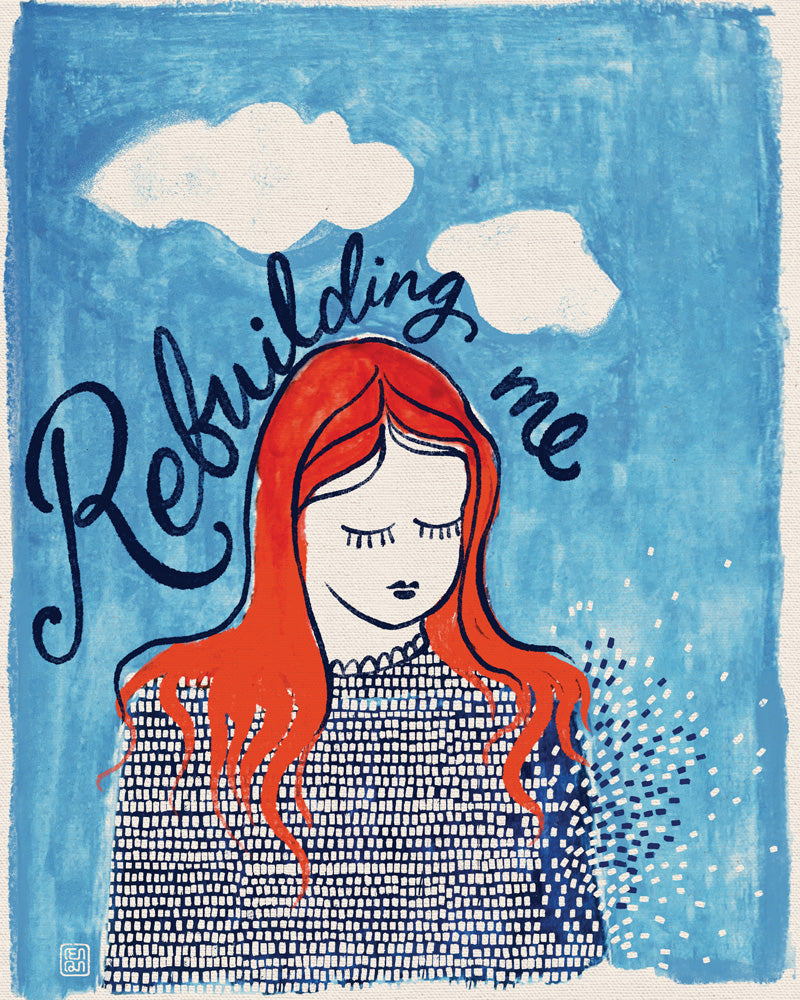Written & Illustrated by Melissa Sunjaya
On a cold rainy night, I fell asleep and in my dreams met a girl who told me about her life. We became very close, and she taught me a special alphabet such that we could communicate with each other in code. Before we parted, she wrote me a short poem. The structure was similar to a ruba’iyat, a Persian quatrain consisting of four lines and rhyming with AABA. Each line was written in iambic pentameter, with double meaning, and dual perspectives.
She told me that if I could figure it out, I would get rid of all my nightmares and my heart would stop sleeping. In return, I gave her six of my pen and ink drawings based on her ruba’iyat as a symbol of our eternal friendship. My drawings were all in solid jet black. She smiled while staring at my original sketches, and then she whispered that we should try to slow down our thoughts and to breathe every syllable of the poetry. “Listen well!” she said, “Every sound produces two tones, as every slice of life always presents itself in different colors…”
Then I watched the wind take away my new friend before my eyes. She was a free spirit who served no master. Her original character was a balanced mixture of kindness and malice, the past and the new, light and dark. Her name was Amma, the last survivor from the family of Supahilo. Amma lived inside a teapot that carried the sweet scent of lemongrass. A loyal garden ogre guarded her habitat amongst a bundle of gigantic edelweiss flowers. Aside from her ogre who kept her safe, she nurtured three other giant pets. Gustav was the elephant with whom she traveled to many places. Tatiana was her wise tortoise who gave her guidance. Finally, Sophia was the hummingbird who provided consolation and inspiration. Amma lived in a world so far from me. Through her eccentricity, she became my urban hero.
“A dream so vast sends me sky-high too fast
I roam the distant lands from a dusty past
Upon a stage which bears countless charades
In hope to cast the endless sun at last”
The illustration applies to our Giclée–a digital print on matte canvas with museum-quality of archival standards, stretched over a wooden frame.
Find out more of this artwork collection, click here.


